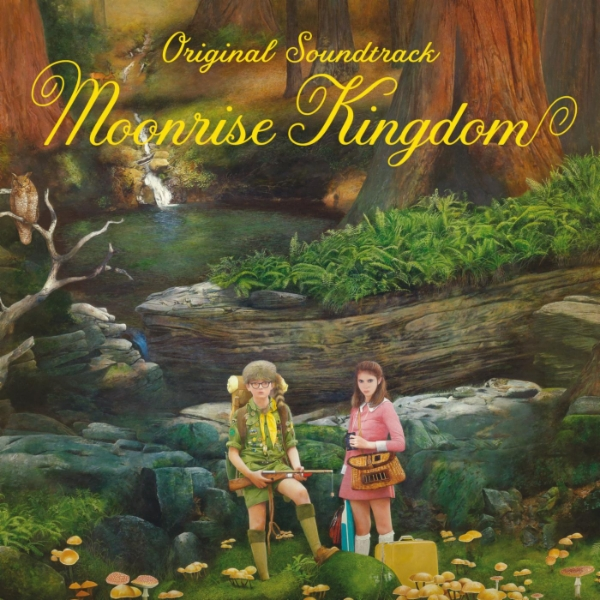| [00:00.00] |
In order to show you how a big symphony orchestra is put together, |
| [00:05.32] |
Benjamin Britten has written a big piece of music, |
| [00:08.80] |
which is made up of smaller pieces |
| [00:10.58] |
that show you all the separate parts of the orchestra. |
| [00:13.52] |
These smaller pieces are called variations, |
| [00:16.47] |
which means different ways of playing the same tune. |
| [00:19.61] |
First of all, he lets us hear the tune or the theme, |
| [00:23.35] |
which is a beautiful melody |
| [00:24.54] |
by the much older British composer Henry Purcell. |
| [00:28.02] |
Here is Purcell's theme played by the whole orchestra together. |
| [00:31.91] |
MUSIC |
| [01:00.67] |
Now, Mr. Britten lets you hear the four different families of the orchestra |
| [01:04.49] |
playing the same Purcell theme in different ways. |
| [01:07.64] |
First, we hear the woodwind family. |
| [01:09.52] |
The flutes, the oboes, the clarinets and the bassoons. |
| [01:13.38] |
MUSIC |
| [01:35.46] |
Here comes the brass family. |
| [01:37.17] |
The trumpets, the horns, the trombones and the tubas. |
| [01:43.07] |
MUSIC |
| [02:02.61] |
Now, Mr. Britten arranges the Purcell theme for the string family. |
| [02:06.16] |
The violins, the violas, the cellos and the double basses. |
| [02:10.60] |
And of course, the harp. |
| [02:13.94] |
MUSIC |
| [02:34.53] |
And finally the percussion family, |
| [02:36.42] |
all those drums and gongs and things you hit. |
| [02:38.96] |
MUSIC |
| [02:42.41] |
After this, you will hear the theme by Purcell played once more |
| [02:45.53] |
in its original form by all four families together. |
| [02:48.94] |
That is, the whole orchestra. |
| [02:57.34] |
MUSIC |
